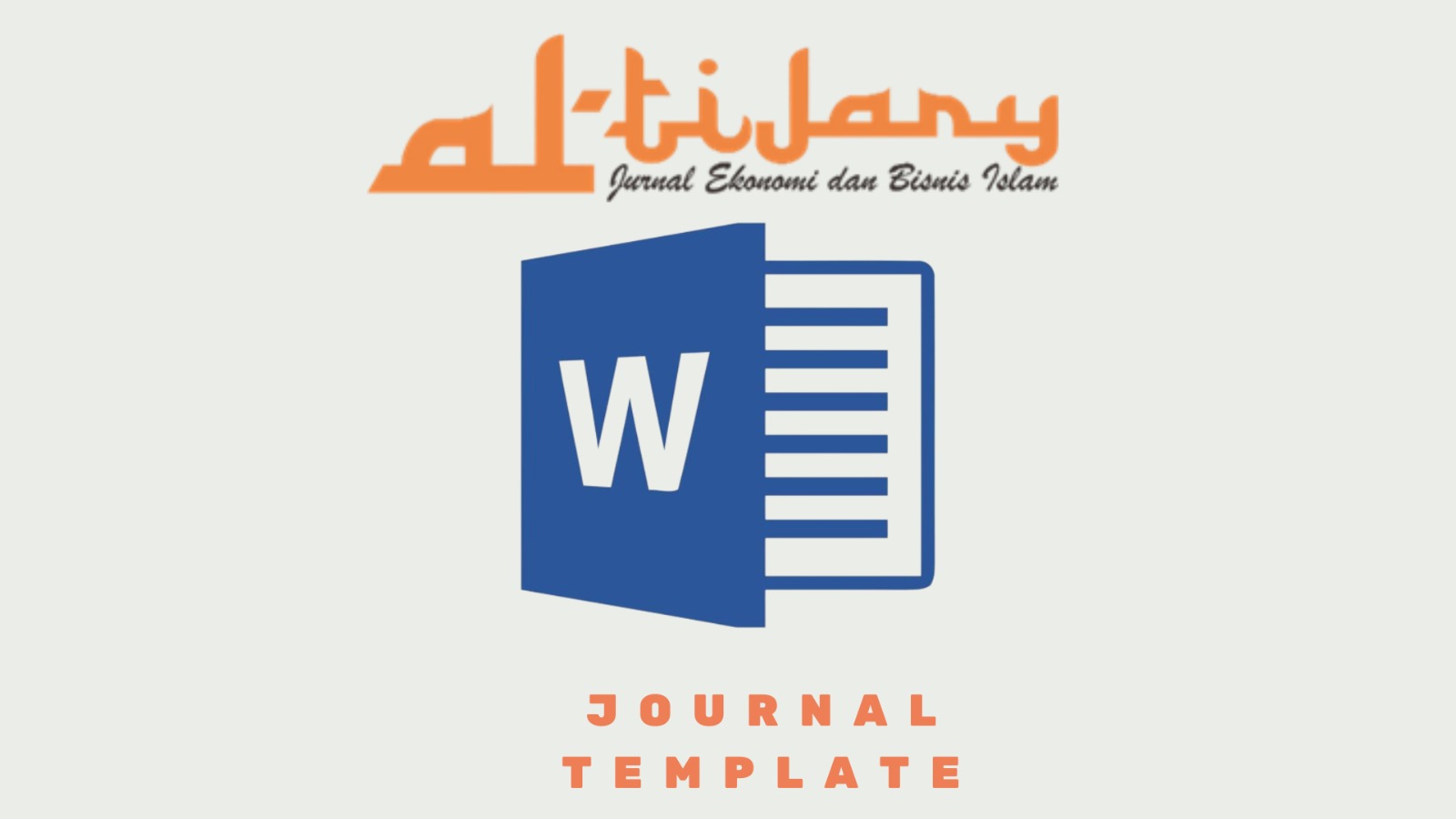Analisis Perbandingan Pola Konsumsi Masyarakat Kota Jambi Sebelum, Sesaat dan Sesudah Bulan Ramadhan
Keywords:
consumption, consumer behaviour, ramadhan
Abstract
This study aims to see the level of comparison of the consumption patterns of Jambi netizen before, during and after the month of Ramadan. The research approach uses descriptive qualitative analysis method of data triangulation consisting of interview data, observations and questionnaires by comparing consumption expenditure financing. This study used 140 respondents with the findings that 95% of respondents said they had increased consumption costs in the month of Ramadan. The comparison of Jambi Netizen’s consumption level before, when and after Ramadhan measured by the level of food and drink, clothing expenditure. Expenditure ini Ramadan month has increased from 41% -50% and 91% -100% compared to other months, while the clothing’s expenditure in the Ramadan month compared to other months has increased by the ranges from 150% -249% and 250% -349%. The differences in consumption patterns in ramadhan month compared to other months can be seen in the increasing number of people who shop in the market for on one day before ramadhan to prepare consumption needs in the month of Ramadan and H-10 during Ramadan to prepare for buying Lebaran clothes and consumption of Eid preparations. At the time of Ramadan there is a tradition of going home, on average, the respondents claim spent accommodation funds ranging from Rp. 1,000,000 to Rp. 2,500,000 and also adjusted to the distance to the hometown plus the purchase of consumption and souvenirs for the family in the hometown.References
Aertsens, J., Mondelaers, K., Verbeke, W., Buysse, J., & Van Huylenbroeck, G. (2011). The Influence of Subjective and Objective Knowledge on Attitude, Motivations and Consumption of Organic Food. Vol. 113 No. 11, 1353–1378.
Andi Bahri, S. (2014). Etika Konsumsi Dalam Perpektif Ekonomi Islam. Vol. 11 No. 2, 347–370.
Annawawi bin Sarif bin Mahyuddin Abu Zakariyah, M. (2012). Syarhun Nawawi `ala Muslim. Riyadh Suudiyah: Baitul Afkari Ad-dauliyah.
Azam, A., Qiang, F., Ali Abbas, S., & Ibrahim Abdullah, M. (2013). Structural Equation Modeling (SEM) Based Trust Analysis of Muslim Consumers in the Collective Religion Affiliation Model in e‐Commerce. Vol 2, No. 2, 134–149.
Badan Pusat Statistik. (2019). Diambil 21 Januari 2019, dari https://www.bps.go.id/statictable/2009/06/15/907/indeks-harga-konsumen-dan-inflasi-bulanan-indonesia-2005-2019.html
Detpitukyon, S., Apidechkul, T., Sunsern, R., Anuwatnonthakate, A., Singhhorn, O., Putsa, B., & Thutsanti, P. (2018). Patterns and Perception of Alcohol Drinking among the Lahu People, Northern Thailand. Vol. 32 No. 3, 185–197.
Dwiastuti, R., Shinta, A., & Isaskar, R. (2008). Ilmu Perilaku Konsumen. Malang: Universitas Brawijaya Press.
Fahmi, I. (2016). Perilaku Konsumen Teori dan Aplikasi. Bandung: Alfabeta.
Muhtarom, K. (2010). Perilaku Konsumsi Masyarakat Jakarta Timur Sebelum dan Sesaat Ramadhan,. Vol 2 No. 2.
Rodríguez-Donate, M. C., Romero-Rodríguez, M. E., Cano-Fernández, V. J., & Guirao-Pérez, G. (2017). Sociodemographic determinants of the probability of wine consumption in Tenerife (Canary Islands). Vol. 29 No. 3, 316–334.
Sangaji, S. (2013). Perilaku Konsumen Pendekatan Praktis. Yogyakarta: CV. Andi.
Andi Bahri, S. (2014). Etika Konsumsi Dalam Perpektif Ekonomi Islam. Vol. 11 No. 2, 347–370.
Annawawi bin Sarif bin Mahyuddin Abu Zakariyah, M. (2012). Syarhun Nawawi `ala Muslim. Riyadh Suudiyah: Baitul Afkari Ad-dauliyah.
Azam, A., Qiang, F., Ali Abbas, S., & Ibrahim Abdullah, M. (2013). Structural Equation Modeling (SEM) Based Trust Analysis of Muslim Consumers in the Collective Religion Affiliation Model in e‐Commerce. Vol 2, No. 2, 134–149.
Badan Pusat Statistik. (2019). Diambil 21 Januari 2019, dari https://www.bps.go.id/statictable/2009/06/15/907/indeks-harga-konsumen-dan-inflasi-bulanan-indonesia-2005-2019.html
Detpitukyon, S., Apidechkul, T., Sunsern, R., Anuwatnonthakate, A., Singhhorn, O., Putsa, B., & Thutsanti, P. (2018). Patterns and Perception of Alcohol Drinking among the Lahu People, Northern Thailand. Vol. 32 No. 3, 185–197.
Dwiastuti, R., Shinta, A., & Isaskar, R. (2008). Ilmu Perilaku Konsumen. Malang: Universitas Brawijaya Press.
Fahmi, I. (2016). Perilaku Konsumen Teori dan Aplikasi. Bandung: Alfabeta.
Muhtarom, K. (2010). Perilaku Konsumsi Masyarakat Jakarta Timur Sebelum dan Sesaat Ramadhan,. Vol 2 No. 2.
Rodríguez-Donate, M. C., Romero-Rodríguez, M. E., Cano-Fernández, V. J., & Guirao-Pérez, G. (2017). Sociodemographic determinants of the probability of wine consumption in Tenerife (Canary Islands). Vol. 29 No. 3, 316–334.
Sangaji, S. (2013). Perilaku Konsumen Pendekatan Praktis. Yogyakarta: CV. Andi.








